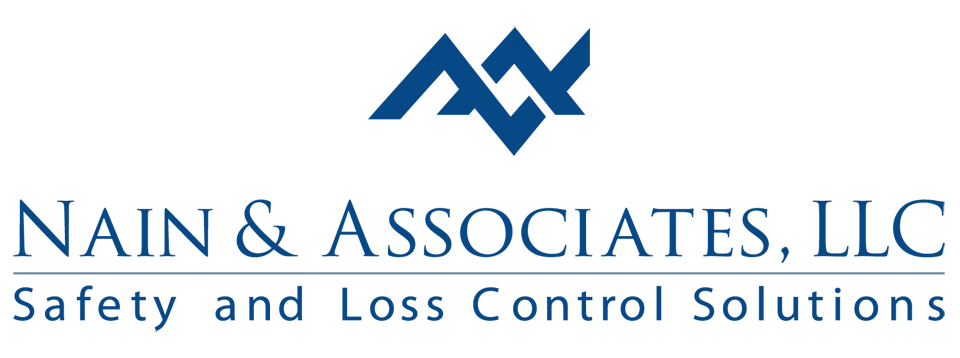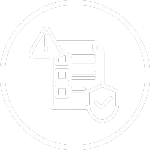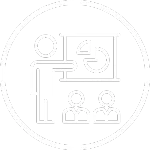Now Offering Spanish Safety Training!
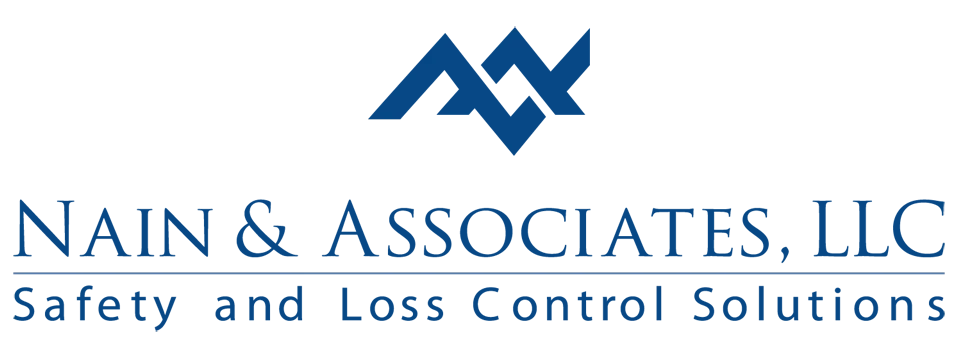
Now Offering Spanish Safety Training!
General Safety
Comprehensive Hazard Analysis for Safety Compliance
FSDAVCFEBFEVSDDVFSD
FSDAVCFEBFEVSDDVFSD
FSDAVCFEBFEVSDDVFSD
General Safety - Hazard Analysis
Importance of Effective Hazard Analysis

Conducting a thorough hazard analysis is essential for identifying workplace risks and implementing safety measures. This process involves evaluating work conditions, identifying potential dangers, and developing strategies to reduce risks. By understanding hazards in detail, businesses can create a safer work environment that aligns with OSHA standards.
Hazard analysis covers various safety aspects, from chemical exposure to equipment-related risks. Tailored to specific industry needs, it ensures that safety protocols address the most relevant risks effectively. This targeted approach improves compliance and minimizes the chance of workplace incidents.

Steps to Conduct a Thorough Workplace Hazard Analysis
A well-planned hazard analysis begins with identifying potential risks present in the workplace. This process involves assessing various areas, such as equipment, materials, and work processes, to pinpoint specific hazards that could pose safety threats. Regular site inspections and employee interviews are useful in gathering accurate data, which helps create a clear picture of the potential dangers employees might encounter.
Once the risks are identified, they should be evaluated based on their likelihood and severity. Prioritizing hazards ensures that the most dangerous threats are addressed first, minimizing the chances of serious incidents. By integrating construction safety measures into this analysis, organizations can address sector-specific hazards, such as fall risks or heavy machinery operation, ensuring compliance with OSHA regulations.
The final step involves implementing targeted safety protocols that address the identified risks effectively. This may include modifying work processes, enhancing employee training, or upgrading safety equipment. Consistent monitoring and regular updates to safety measures are crucial to maintaining a safe environment. By making these adjustments, organizations can maintain compliance while improving overall workplace safety.
Key Elements of an Effective Hazard Analysis
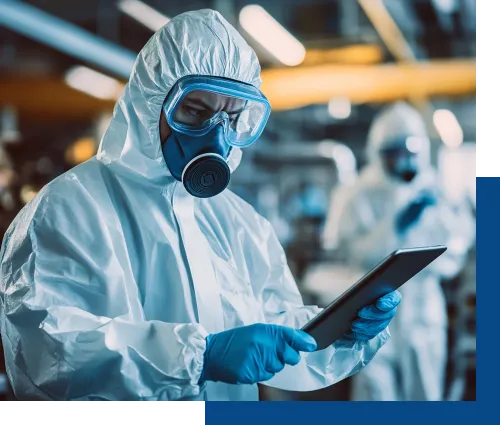
A successful hazard analysis relies on thorough and continuous hazard communication across the organization. Employees must be informed about potential risks, safety protocols, and procedures for mitigating hazards. Incorporating hazard communication strategies into training sessions helps ensure that workers understand how to identify and respond to risks effectively. This clear communication not only boosts safety awareness but also encourages a culture of accountability and proactive risk management.
In addition, hazard analysis should include regular risk assessments that review existing safety measures and protocols. By examining these procedures, businesses can identify gaps in safety practices and improve compliance with today's OSHA standards. Regular assessments help maintain an up-to-date safety framework that aligns with evolving workplace requirements, reducing the likelihood of safety violations and incidents.

Another vital aspect of hazard analysis is conducting specialized safety assessments that are tailored to specific industry requirements. For instance, integrating industrial hygiene sampling can address hazards related to air quality, chemical exposure, and noise levels. By focusing on these environmental risks, safety measures can be more precise and effective, minimizing health risks for employees. This specialized approach not only targets the most relevant hazards but also improves compliance with OSHA standards, fostering a safer work environment.
Ongoing training is also essential for maintaining high safety standards. Consistently educating employees on updated safety protocols and emerging risks ensures they remain prepared to manage workplace hazards effectively. Training sessions should include practical exercises that simulate real-life scenarios, reinforcing workers' ability to respond appropriately to risks. By keeping employees informed and adaptable to new safety requirements, organizations can sustain a culture of continuous safety improvement, reducing incident rates and boosting compliance.
Frequently Asked Questions
Frequently Asked Questions
What is Hazard Analysis, and why is it important for my business?
Hazard Analysis involves systematically examining specific areas within your facility to identify potential sources of injury or harm to employees. It's crucial for preventing workplace injuries by understanding and mitigating risks. Conducting a Hazard Analysis not only helps in creating a safer workplace but is often a requirement under OSHA regulations to ensure compliance and protect your employees.
What types of Hazard Analysis can Nain and Associates perform?
Nain and Associates can conduct various types of Hazard Analysis, including Job Hazard Analysis, Machine Guarding Analysis/Assessments, Process Safety Analysis, and Ergonomics Assessments. Each type focuses on different aspects of workplace safety, from evaluating specific job tasks to assessing the safety of equipment and the overall ergonomic setup of the work environment.
How does the Hazard Analysis process work?
The Hazard Analysis process typically begins with an assessment of your facility and operations to identify areas of potential risk. Nain and Associates' professionals will work with you to determine the scope of the analysis needed. They will then conduct thorough evaluations, which may include observing work processes, reviewing incident records, and consulting with employees and management. The findings are used to develop recommendations for mitigating identified hazards.
Can Hazard Analysis help in improving my company's OSHA compliance?
Yes, conducting a Hazard Analysis can significantly improve your company's compliance with OSHA regulations. By identifying and addressing potential safety issues, you can prevent violations before they occur. Moreover, demonstrating a proactive approach to workplace safety can be beneficial during OSHA inspections.
What happens after the Hazard Analysis is completed?
After completing the Hazard Analysis, Nain and Associates will provide you with a detailed report of their findings, including identified hazards and recommended corrective actions. They can also assist in developing and implementing strategies to mitigate these risks, such as revising work procedures, enhancing safety training, or making physical modifications to the workplace.
Tailored Procedures for Analyzing Hazard Prevention
Effective hazard prevention relies on an approach that addresses industry-specific risks. This customization involves assessing each worksite's unique conditions, identifying potential dangers, and implementing safety measures that fit those needs. Regular site evaluations help maintain safety standards and ensure that risks are managed appropriately.
A proactive safety system is vital to ensuring compliance with OSHA. Integrating a full safety system enables organizations to manage safety data, track compliance, and identify areas needing improvement. This systematic approach simplifies hazard management and makes safety protocols more transparent and effective.
Engaging employees in the hazard prevention process is crucial. Encouraging workers to report potential risks and provide feedback on safety measures increases awareness and ownership. When employees are actively involved, they are more likely to adhere to safety protocols, contributing to a safer and more compliant workplace.


Implementing tailored hazard prevention strategies promotes a continuous culture of safety improvement. Regular updates to safety measures help organizations maintain compliance, reduce incidents, and enhance overall safety standards. Engaging employees through evaluations and feedback fosters a proactive approach, ensuring safety remains a primary focus. As workers feel valued and included in safety processes, their commitment to maintaining protocols increases, creating a more reliable and effective safety culture across all levels of the organization.
Building a Safer Future with Effective Hazard Analysis
Establishing a proactive approach to hazard analysis is crucial for long-term workplace safety. Regular evaluations not only identify current risks but also help anticipate emerging hazards. This forward-thinking approach ensures that safety measures are continuously improved, aligning with changing OSHA regulations and industry standards. Organizations that consistently engage in thorough hazard analysis see fewer incidents, better compliance, and increased employee confidence in safety protocols.
Implementing a strong safety framework is key to minimizing risks. By integrating hazard analysis into daily operations, companies can enhance their overall safety strategy. Leveraging specialized assessments, like air quality monitoring or equipment safety checks, ensures that safety measures are tailored to the specific needs of the workplace. Incorporating support from Nain LLC’s companies served can provide additional insights into successful hazard management practices, helping organizations maintain compliance and safety across various industries.
Employee engagement plays a critical role in sustaining effective hazard analysis. When workers actively participate in safety evaluations and training, they develop a stronger commitment to maintaining a safe environment. Encouraging open communication about safety concerns and solutions fosters a collaborative culture of safety. This inclusive approach not only empowers employees but also strengthens their role in preventing accidents, leading to a safer, more productive workplace over time.
Have Questions About Our Services?
Contact us to learn more today!
Have Questions About Our Services?
Contact us to learn more today!
